Ready for a solo travel?
10 Fun Facts About the Olympics That Might Surprise You
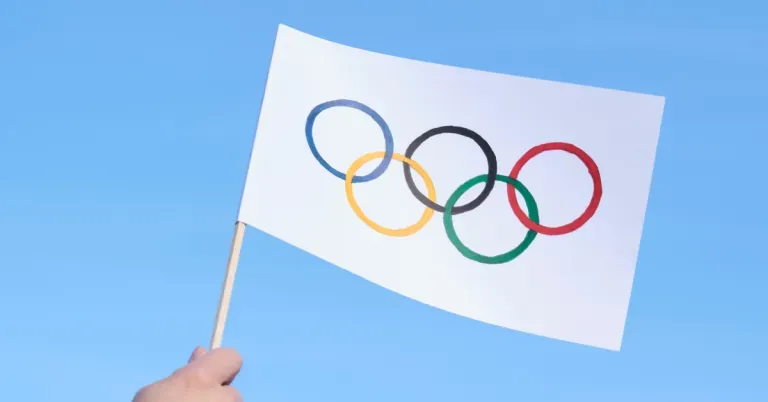
After much delay, the 2020 Olympics are finally in full swing. And if there’s one positive thing about the Games pushing through in the middle of a pandemic, it’s that it has provided many of us with a very welcome distraction from over a year’s worth of stress. Amid the Tokyo Olympics, we’ve witnessed countless feel-good stories: the Philippines’ first Olympic gold, a Filipina Olympian who went viral for the ultimate show of sportsmanship, and two best friends who decided to share first place.
It’s clear that the Olympics are today’s hottest topic — but how much do we all really know about this highly anticipated multi-sport event? We’ve gathered some of the most interesting facts about the Olympics, some of which you might have never heard before!
Also read: The Viral Olympics 2020 Fireworks Video Isn’t What You Think It Is
Fun & interesting facts about the Olympics
1. The very first Olympics was held in 776 BC
You might remember learning this in your Social Studies or World History classes — the Olympics dates all the way back to ancient Greece, particularly 776 BC. Originally, the Games were created as part of an ancient Greek festival in celebration of the Greek god Zeus.
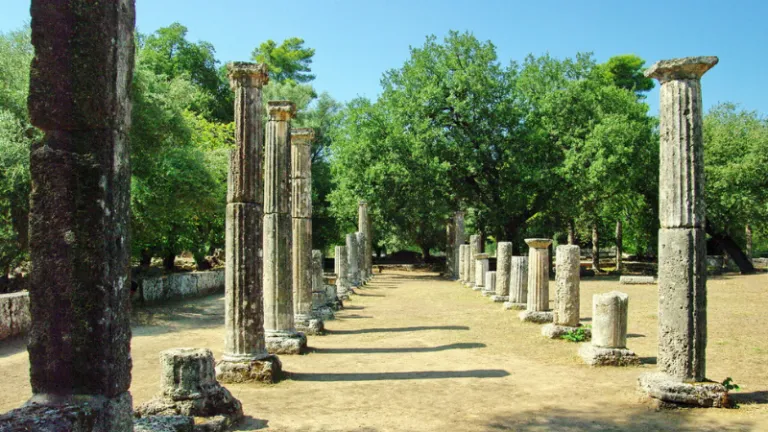
While the term “Olympics” is usually associated with Mount Olympus, the first Games actually took place in Olympia, which is hundreds of kilometres away. For 12 centuries, the Olympic Games were, like today, held every four years. The events included wrestling, boxing, javelin, chariot racing, discus, and long jump.
2. In ancient Greece, Olympians competed in the nude
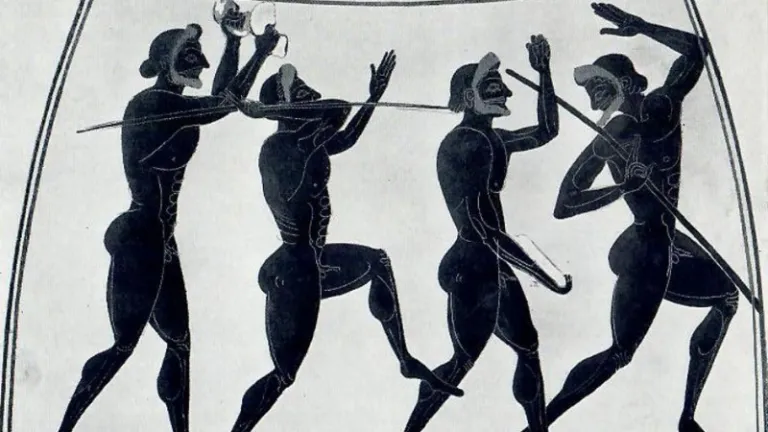
No, we aren’t kidding! While the very first Olympians were outfitted in loincloths, they eventually moved on to compete completely naked. Apparently, nudity was a big part of ancient Greek culture — some even saw it as the “ultimate tribute to Zeus.” Some Olympic competitors would even lather themselves in olive oil to show off their physiques!
Another fun fact? The word “gymnasium” actually comes from the Greek root word “gymnos,” which means “nude.” So, the literal translation of the word is actually “school for naked exercise.” Mind = blown!
3. The Olympics were banned in 393 AD
One of the not-so-fun facts about the Olympics? In 393 AD, Emperor Theodosius I banned the Olympics on account of it being a religious festival. During this period, Christianity was the dominant religion in Greece, and the emperor considered the Olympics to be a pagan celebration.
A whopping 1,500 years passed until the Olympics were once again celebrated. It was in 1894 when a French educator by the name of Baron Pierre de Coubertin proposed that the Games be revived. Thus, the modern Olympics that we know today came to be, and the first modern Olympic Games took place in 1986 in Greece!
4. Winners didn’t receive medals at the ancient Olympic Games
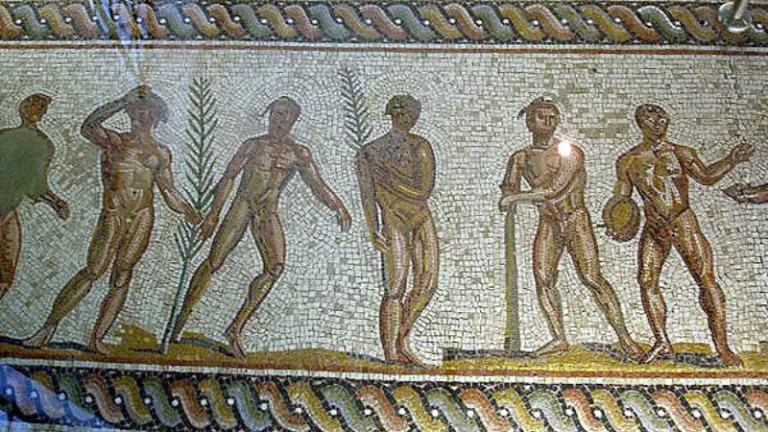
When it comes to the Olympics (or pretty much any athletic competition), we usually associate it with gold, silver, and bronze medals. But did you know that originally, Olympic prizes didn’t include medals at all? During the ancient Olympic Games, winners were actually awarded with wreaths made with leaves from Olympia’s sacred olive tree.
Additionally, winners also had the option to erect statues of themselves in the sacred Altis Grove, also known as the sanctuary of the gods at Olympia. However, you also had to be financially capable to make this happen!
5. The youngest athlete in modern Olympic history was 10 years old, while the oldest was 72
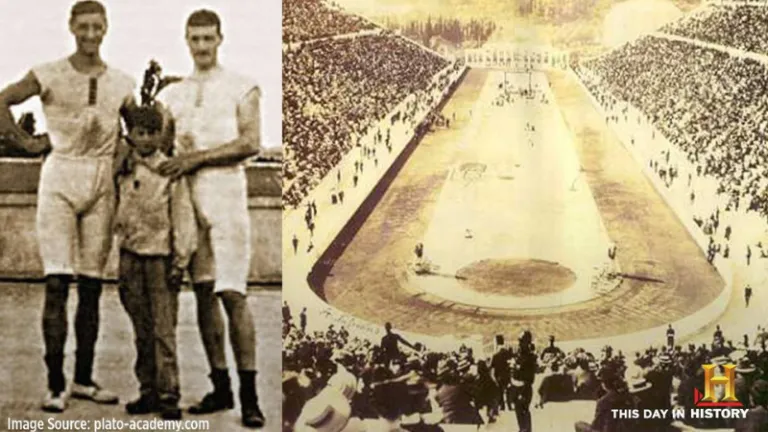
Greek gymnast Dimitrios Loundras competed way back in the 1896 Olympics in Athens, and took part in earning his team a bronze medal in team parallel bars. He eventually went on to serve a position on Greece’s Olympic committee.

Meanwhile, 72-year-old Oscar Swahn won a silver medal at the 1920 Olympics in Antwerp. Prior to this, the Swedish shooter actually won his first Olympic gold medal in 1908, at the age of 60.
6. Tug of war was an Olympic sport from 1900 to 1920
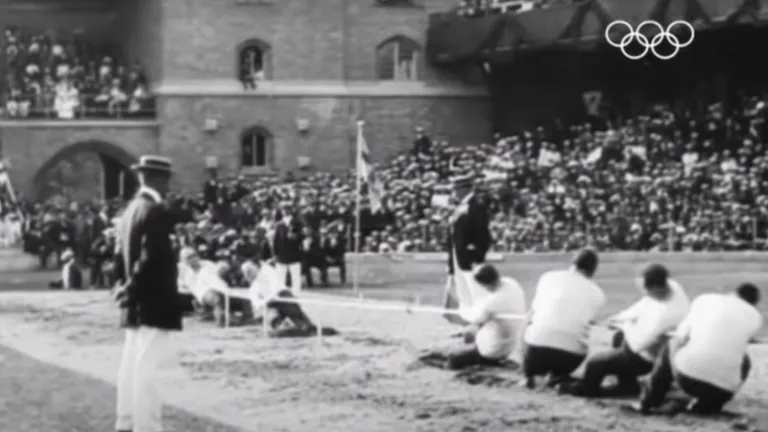
Sounds a little silly, doesn’t it? Apparently, most gold medals for this particular event were awarded to Britain, followed closely by the US. Besides tug of war, other interesting Olympic sports of yesteryear include rope climbing, hot air ballooning, and tandem bicycle.
7. Women were first allowed to compete in the Olympics in 1900
It’s no secret that women were excluded from a lot of things during the ancient times. So it doesn’t come as a surprise that they weren’t allowed to compete in the Olympics during its earlier days. Interestingly, a separate festival called the Heraean Games — inspired by the goddess Hera — was created for women.
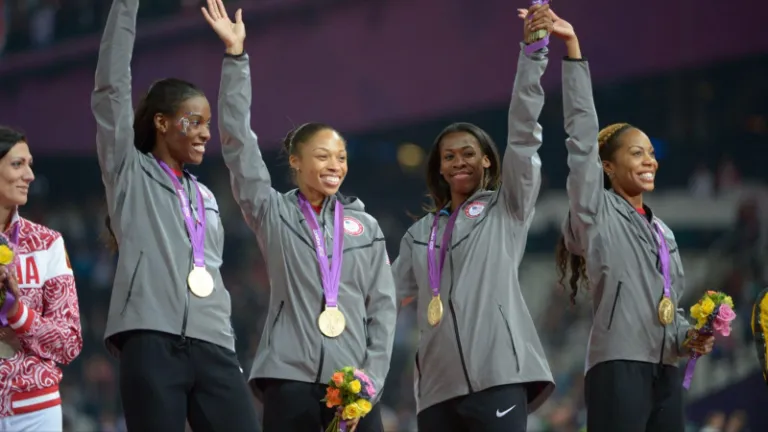
It was only in 1900 that they were officially permitted to compete in the Olympics. By the 2012 London Olympics, all participating nations had female representatives at the Games!
8. In the 1904 Games, gymnast George Eyser won a whopping six medals with a wooden leg
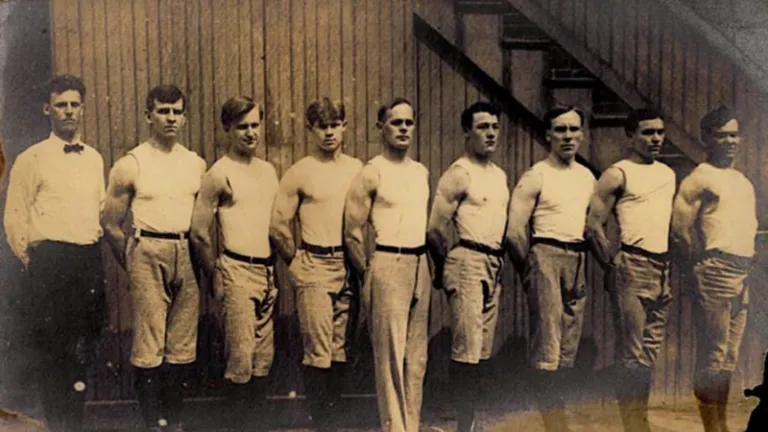
Here’s one of our favourite fun facts about the Olympics. Way before the Paralympics was established, there were occasions when physically disabled athletes still chose to compete in the Olympics despite their handicaps. Olympic gymnast George Eyster has gone down in history for bagging six medals in a single day at the 1904 Games despite having a wooden leg. You can check out his inspiring story here.
9. Artists also participated in the Olympics from 1912 to 1948

Creatives represent! For a period of time, the Olympics included not only sports, but also art competitions. Artists from fields such as architecture, sculpture, literature, painting, and music composition competed for medals in the Games, too. Today, art remains to play a large role in the Olympics, made evident in projects that range from Official Olympic Films to Olympic Art Posters and large-scale art installations.
10. The Olympic flag was designed to be inclusive
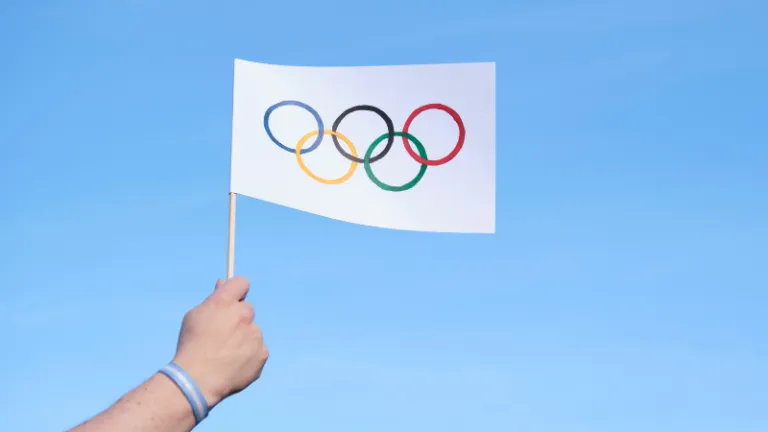
We’re no strangers to the image of the Olympic flag — but does everyone know what it actually symbolises? Created by Baron Pierre de Coubertin (co-founder of the modern Olympics) in 1913, the flag incorporates five Olympic Rings to represent the five inhabited continents: Africa, America, Asia, Europe, and Oceania. The six colours, including that of the background, were chosen because at least one of them was found in all national flags at the time.
Finally, the rings are depicted to be interlocking in order to symbolise the “meeting of athletes from throughout the world at the Olympic Games.” You can check out the history of the Olympic Rings here.
BONUS: The first official Olympics mascot was a dachshund

Dog lovers, here’s a fun fact about the Olympics that you’re sure to love: Waldi the dachshund was the Games’ very first official mascot! As the theme for the 1972 Olympics was “The Cheerful Games,” Willi Daume (the President of Munich in 1972) thought it only fitting to select a dachshund as the event’s official mascot. Te former President actually owned a dachshund himself!
Waldi was designed by Otl Aicher — one of the designers behind German airline Lufthansa’s logo — and was based on an actual dachshund by the name of Cherie von Birkenhof. At the time, more than two million pieces of Waldi merchandise were sold all around the world.
Also read: Japan Created a Kimono for Every Nation at the 2020 Olympics!
So, which of these facts about the Olympics left a lasting impression on you? We are honoured to keep witnessing history as the Games continue on!
Published at
About Author
Gabriella Salud
Subscribe our Newsletter
Get our weekly tips and travel news!
Recommended Articles
Top 10 Post-Breakup Destinations for Healing and Self-Rediscovery 15 Types of Travel Bags You Should Use In This Lifetime Everything’s so useful!
11.11 Seat Sales to Fly to Your Revenge Travel Destination The savings are beyond comparison!
The 2021 Global Korea Scholarship Is Accepting Applications This March Don’t miss this chance!
2021 Planners: Our Top Picks & Where to Buy Them 2021, come faster!
Latest Articles
Mother’s Wonderland: Quezon Province’s Fantasy Theme Park Explore a magical theme park in Tayabas filled with nature, art, and fantasy
Kayangan Lake in Coron, Palawan: Everything You Need to Know Dive into the crystal-clear magic of Kayangan Lake, the crown jewel of Coron, Palawan!
Dingalan Travel Guide: Nature Spots to Discover Now Underrated coastal gem in Aurora
What to Eat in Bicol: Iconic Dishes and Treats, and Unique Pasalubong You’ll Love Spice up your foodie adventure with iconic Bicol dishes and must-try pasalubong!
Top Travel Trends in the Philippines for 2025 New spots, tips, and trends

